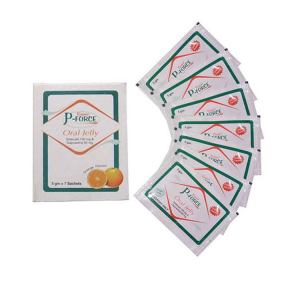fsfdsf: 人想要征服女人,就要用KAMAGRA 50MG來變強
人想要征服女人,就要用KAMAGRA 50MG來變強
4 May 2024 at 01:14am
對於步入中年的一些男性來說,或多或少都會出現一些常見的男性問題,這也是他們長期不規律的生活習慣和工作壓力大等密不可分,常見的性問題,包括陽痿早洩,這些可以是由於身體狀況或者是一些外力因素,比如說抽煙喝酒以及吸毒等等都可以造成男性性功能障礙。

既然男性有了這方面的困擾,就需要服用一些保健藥品,那麼在眾多的藥品中,到底哪一款才是最合適的,而且副作用最小的一款,kamagra 50mg是男性的良藥,對於kamagra 50mg功效為什麼那麼好?其實與其中含蘊含的微量元素有重要的聯繫,這些微量元素能夠被身體各個臟器進行吸收加以利用,達到藥效最大化。另外,購買的時候一定要選擇正規的品牌進行購買,這樣才能夠保證自己買到的是正品的kamagra 50mg。
�
kamagra 50mg因為這款產品確實在效果上還是很不錯的,我們在服用的時候可以選擇每天吃上一粒就夠了。曾經有一些消費者表示,像這種服用的方式也是可以的,能夠保證它的藥效得到充分的發揮,也不至於吃太多,但是在這裏一定要注意,由於這本身就是一種藥物,所以大家儘量不要過多的服用,要不然可能會對健康產生一定的影響,所以男性朋友還是應該多多關注一下這方面。
�
kamagra 50mg是很多男性所關注的,尤其是很多有壓力的男性朋友或者是年齡稍大的男性朋友,可以通過專業的產品提高自己的性功能,可以解決很多的勃起困難問題,成為廣大男性性生活的不二之選,隨著社會的快速發展,現在男士面臨的生活壓力越來越大,需要真實的瞭解自己的性能力,要與父愛人進行密切的交流,在性生活這方面變得更加和諧。
九龍藥局�催情藥�春藥�壯陽藥�迷藥�增大丸�持久液�乖乖水�香港藥局�威而鋼�犀利士�樂威壯�韓國奇力片�日本藤素�乖乖水�聽話水�fm2��印度卡其丸�英國威馬�德國黑螞蟻生精片�2h2d持久噴劑�陰莖增大丸�DDK迷藥�催眠忘情水�GHB�kkk3催情水�天然偉哥�

既然男性有了這方面的困擾,就需要服用一些保健藥品,那麼在眾多的藥品中,到底哪一款才是最合適的,而且副作用最小的一款,kamagra 50mg是男性的良藥,對於kamagra 50mg功效為什麼那麼好?其實與其中含蘊含的微量元素有重要的聯繫,這些微量元素能夠被身體各個臟器進行吸收加以利用,達到藥效最大化。另外,購買的時候一定要選擇正規的品牌進行購買,這樣才能夠保證自己買到的是正品的kamagra 50mg。
�
kamagra 50mg因為這款產品確實在效果上還是很不錯的,我們在服用的時候可以選擇每天吃上一粒就夠了。曾經有一些消費者表示,像這種服用的方式也是可以的,能夠保證它的藥效得到充分的發揮,也不至於吃太多,但是在這裏一定要注意,由於這本身就是一種藥物,所以大家儘量不要過多的服用,要不然可能會對健康產生一定的影響,所以男性朋友還是應該多多關注一下這方面。
�
kamagra 50mg是很多男性所關注的,尤其是很多有壓力的男性朋友或者是年齡稍大的男性朋友,可以通過專業的產品提高自己的性功能,可以解決很多的勃起困難問題,成為廣大男性性生活的不二之選,隨著社會的快速發展,現在男士面臨的生活壓力越來越大,需要真實的瞭解自己的性能力,要與父愛人進行密切的交流,在性生活這方面變得更加和諧。
九龍藥局�催情藥�春藥�壯陽藥�迷藥�增大丸�持久液�乖乖水�香港藥局�威而鋼�犀利士�樂威壯�韓國奇力片�日本藤素�乖乖水�聽話水�fm2��印度卡其丸�英國威馬�德國黑螞蟻生精片�2h2d持久噴劑�陰莖增大丸�DDK迷藥�催眠忘情水�GHB�kkk3催情水�天然偉哥�

Add comment